Le dammage de la neige est essentiel pour créer des surfaces sûres et constantes dans les snowparks. Voici pourquoi c'est important :
- Sécurité : Le dammage élimine la neige irrégulière, réduisant les chutes et les accrocs inattendus.
- Performance : Une neige lisse et compactée assure des décollages et atterrissages fiables pour les skieurs, snowboardeurs et utilisateurs de Snowfeet.
- Entretien : Un dammage régulier maintient les sauts, rails et boxes en parfait état en traitant l'usure et en s'adaptant aux changements météorologiques.
Pour les utilisateurs de Snowfeet, des passages plus profonds du cultivateur au décollage (1 à 2 pouces) sont essentiels pour s'adapter à leurs carres plus courtes, garantissant la stabilité sur les sauts et les rails.
Accompagnez un opérateur de SnowCat | Reconstruction d'un terrain de park
Méthodes de dammage de la neige pour les parcs
Après avoir traité les aspects essentiels de sécurité et de performance, l'entretien des snowparks implique trois techniques principales : compactage primaire, façonnage des modules et lissage final. Ces méthodes assurent que les sauts, rails et boxes sont bien préparés pour un usage régulier et fiable.
Entretien des modules du parc
Après le compactage et le façonnage initiaux, l'entretien quotidien garantit que les sauts, rails et boxes restent en parfait état.
Maintenir les modules en forme
Commencez chaque jour en inspectant chaque module. Utilisez une pelle pour remplir les creux sur les lèvres des sauts et les zones d'atterrissage. Pour les rails, damez à la main les bases avec un grattoir métallique, puis utilisez un pilon pour tasser les bords afin d'obtenir des lèvres nettes et précises. Ces petits ajustements quotidiens complètent le compactage et le lissage initiaux pour garder le parc prêt à l'action.
Dameuse pour différents équipements
Chaque équipement gère la neige damée à sa manière. Par exemple, un équipement plus court comme les Snowfeet Mini Ski Skates nécessite une attention particulière. Pour éviter les plongeons du nez, compacte davantage la neige au décollage en effectuant un passage supplémentaire avec le cultivateur de la dameuse abaissé de 1 à 2 pouces [1][2].
sbb-itb-17ade95
Entretien du parc toute l'année
Calendrier d'entretien
Les dameurs travaillent dur pour garder le parc en parfait état, en commençant avant l'ouverture et en continuant après la fermeture. Pendant les périodes chargées, ils se concentrent sur des passages supplémentaires sur les atterrissages des sauts et les approches des rails pour garantir que tout reste lisse et sûr.
Les passages hebdomadaires aident à renforcer la neige compactée et à maintenir la stabilité des modules. Chaque mois, la profondeur de neige est mesurée et les zones fines sont réparées. Au printemps, lorsque le temps se réchauffe, les modules sont raffermis et remodelés tôt dans la journée pour gérer le ramollissement de midi.
Plan de réponse météorologique
Les calendriers de damage s'adaptent aux conditions météorologiques changeantes pour garder le parc en excellent état :
- Fortes chutes de neige : Damaez plus fréquemment pour garder les atterrissages et les éléments dégagés.
- Cycles gel-dégel : Concentrez-vous sur le damage tôt le matin lorsque la neige est plus ferme.
- Jours de forte affluence : Ajoutez des passages de damage supplémentaires pour maintenir la constance dans les zones très fréquentées.
- Jours chauds de printemps : Damaez pendant les heures les plus fraîches pour réduire la neige fondue et préserver la forme des éléments.
Réparation des éléments usés
Les inspections régulières aident à identifier les zones problématiques comme les points mous ou l'érosion dans les zones d'atterrissage, les faces de saut, et les approches de rails ou boxes. Les zones usées sont reconstruites en ajoutant de la neige fraîche, en la compactant fermement, et en remodelant les transitions. Les bases d'éléments compactées de manière inégale sont lissées avec des passages de damage ciblés pour restaurer leur forme.
Ensuite, nous verrons comment les techniques de damage diffèrent pour les skis courts Snowfeet comparés à l'équipement standard de parc.
Skis courts vs équipement standard
Voyons comment le damage affecte les skis courts Snowfeet comparés aux skis traditionnels et aux snowboards.
Comparaison de performance
Snowfeet combine des éléments du ski et du patinage, offrant des mouvements rapides et une vitesse impressionnante sur les pistes damées. Leur contrôle précis des arêtes et leur capacité à effectuer des virages serrés en font un excellent choix pour les éléments de parc. Ces caractéristiques nécessitent des ajustements de damage adaptés pour une performance optimale. [1].
Mouvement et contrôle
De nombreux utilisateurs soulignent le design léger et la simplicité de Snowfeet. Ils rapportent souvent maîtriser les petits sauts dès leur deuxième descente, grâce à la facilité d'utilisation de l'équipement. [1].
Damage spécifique à l'équipement
Pour Snowfeet, ajustez la profondeur du tiller du dameur de 1 à 2 pouces au décollage des sauts. Cette modification prend en compte leurs arêtes plus courtes, assurant des lancements stables et sécurisés sur les sauts et les rails. [1].
Conclusion
Maintenir les snow parks en parfait état garantit des éléments plus sûrs et plus prévisibles pour les skieurs et snowboardeurs, y compris ceux utilisant des skis courts. La constance de la densité de la neige et de la forme des éléments est la clé pour maintenir la stabilité et le contrôle pour tous les riders.
Pour les skis courts, des passages plus profonds du tiller au décollage des sauts sont essentiels. Ces ajustements compensent la longueur d'arête plus courte, assurant un meilleur équilibre pour les riders. Ces raffinements s'appuient sur les techniques de base de compactage, de façonnage et de lissage déjà évoquées.
Respectez les calendriers d'entretien réguliers, adaptez les pratiques de damage en fonction de la météo, et ajustez les réglages de l'équipement pour garantir que chaque élément du parc reste prêt à l'action.

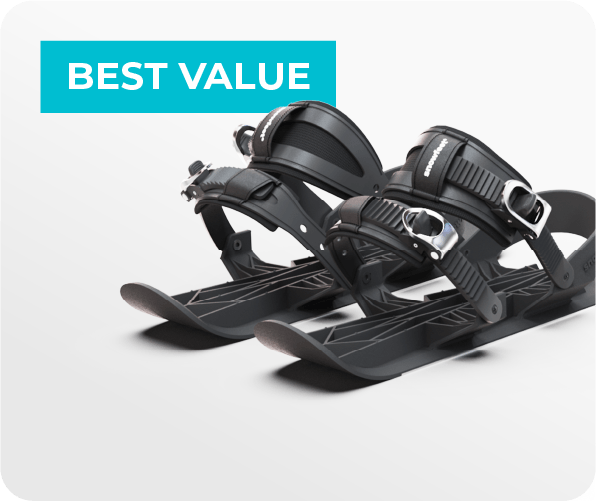
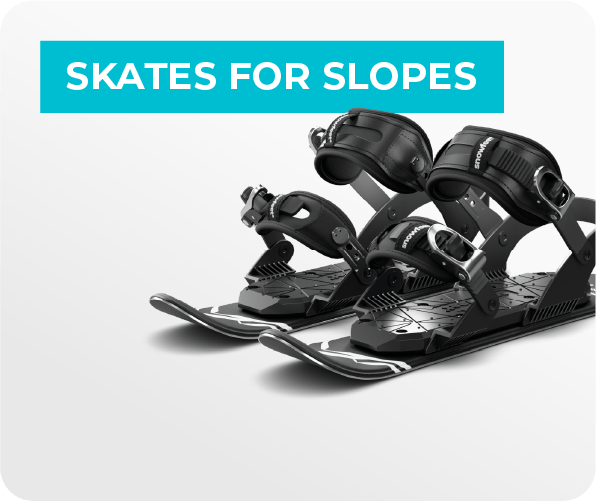
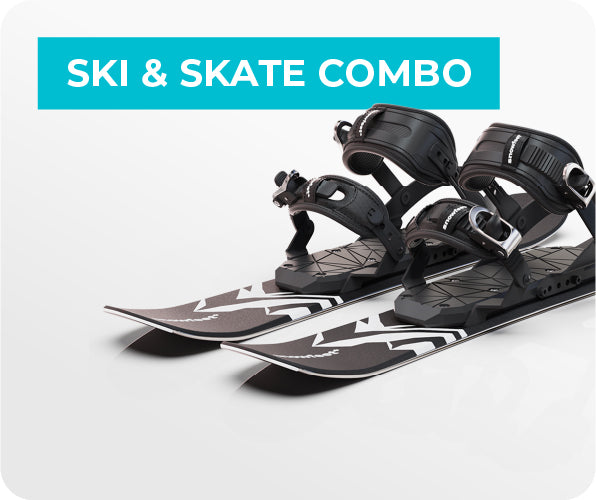
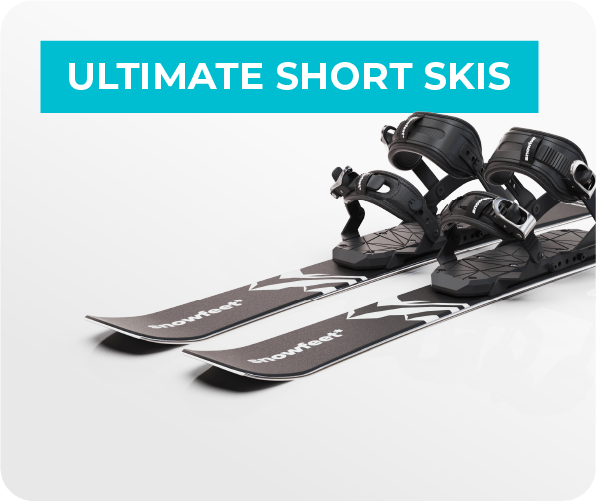
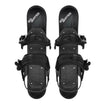
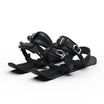
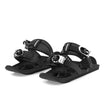
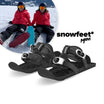
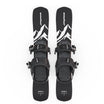
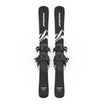
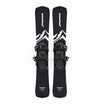
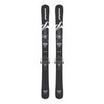
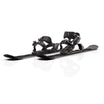
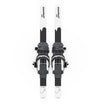
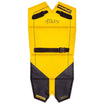
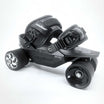
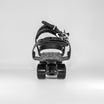
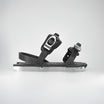
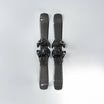



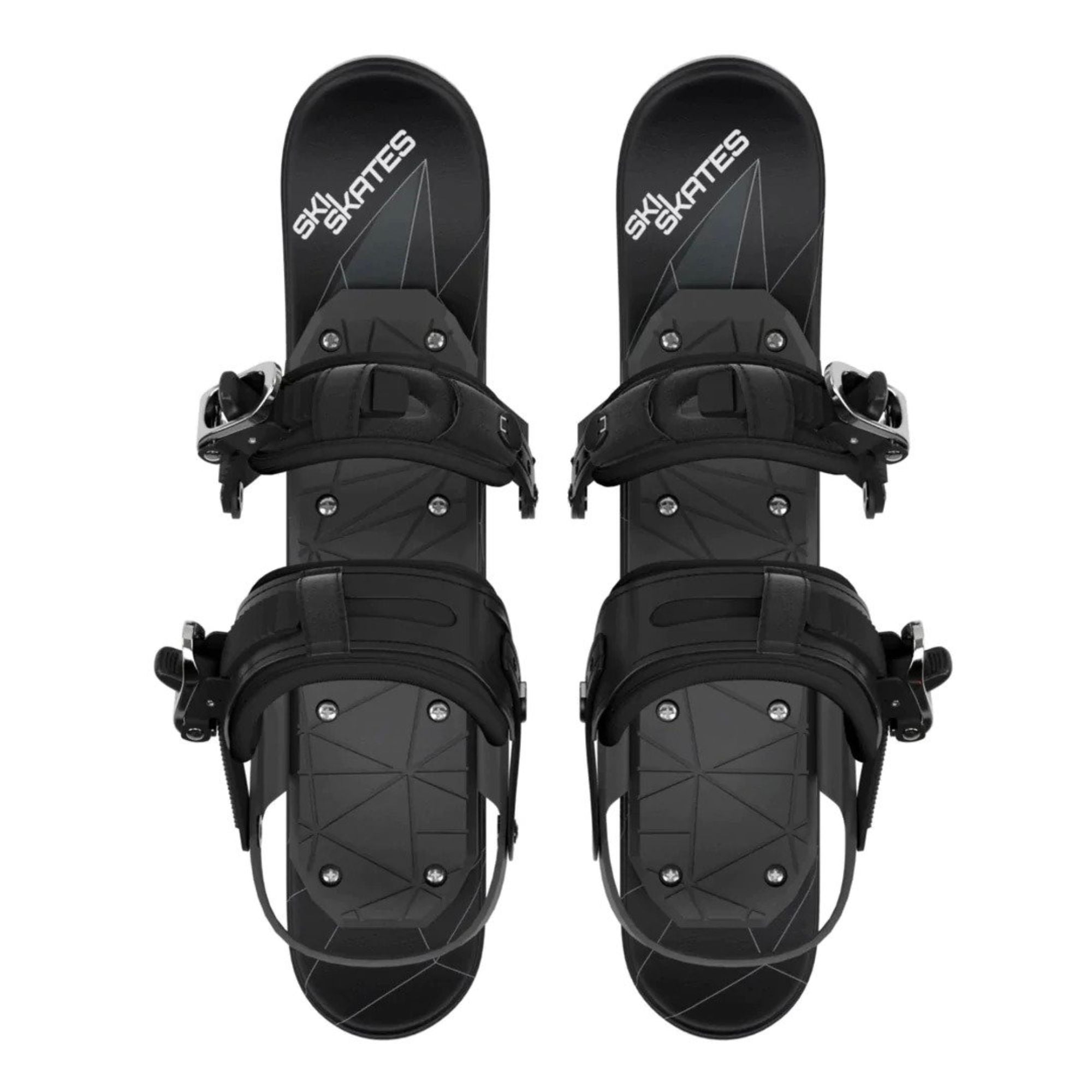
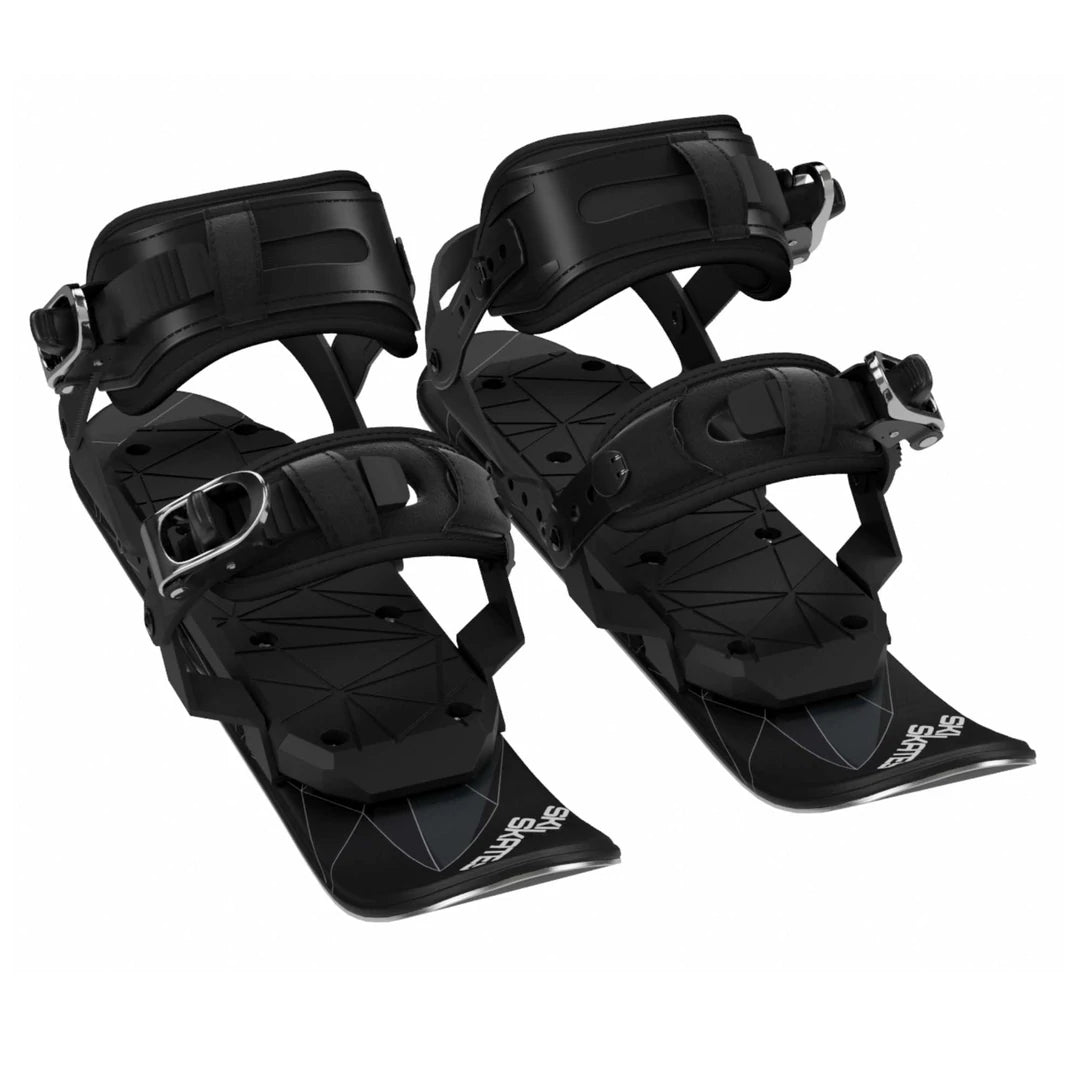
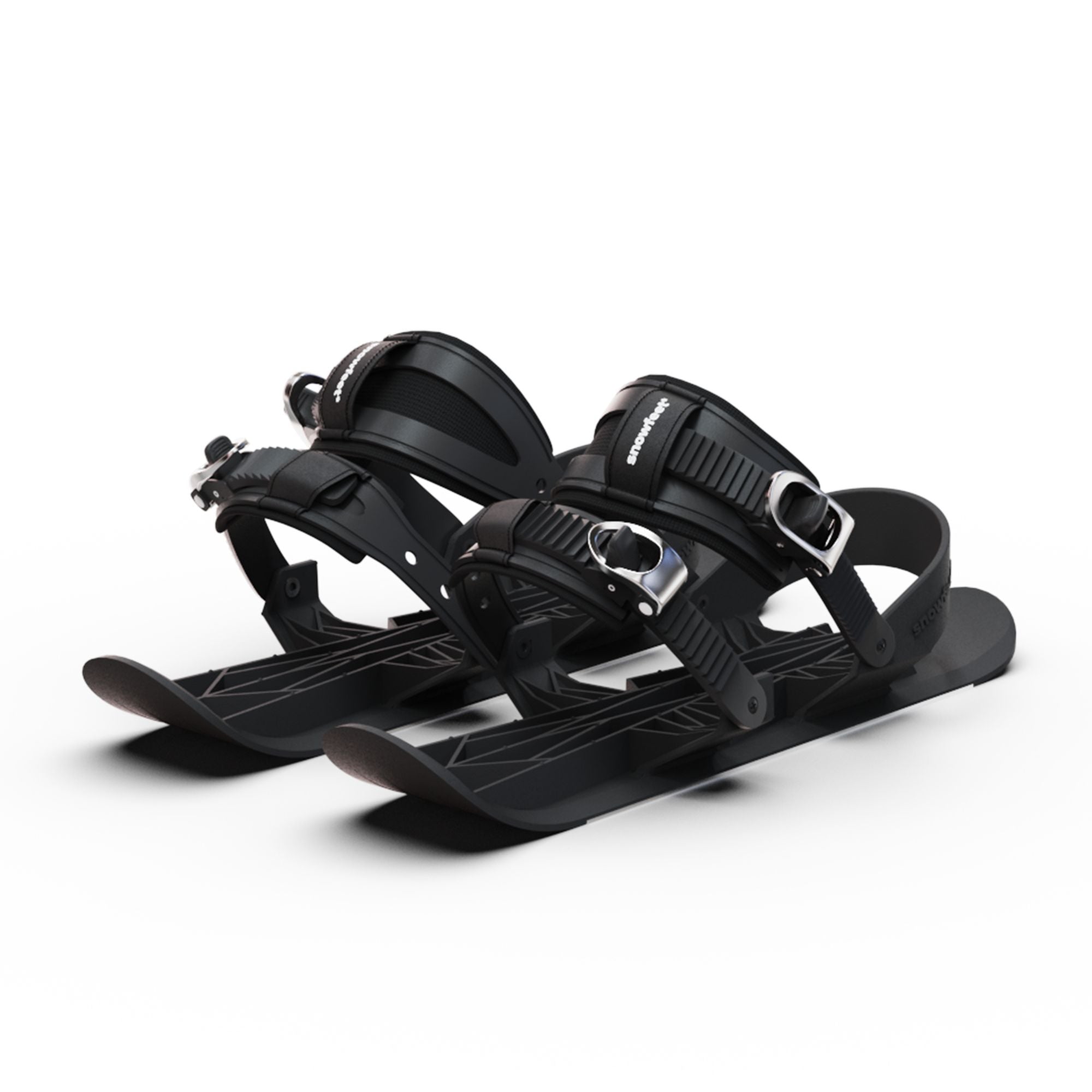

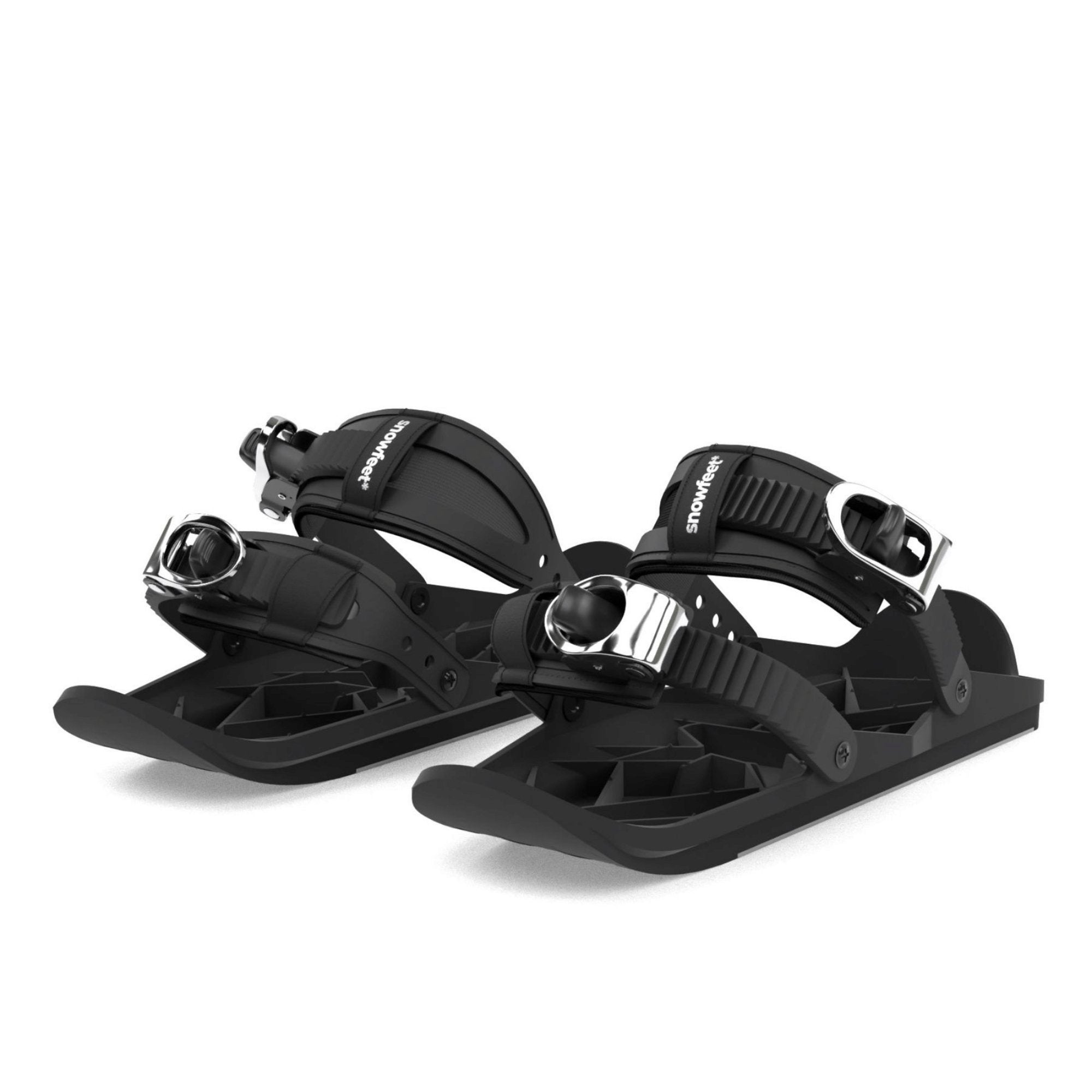
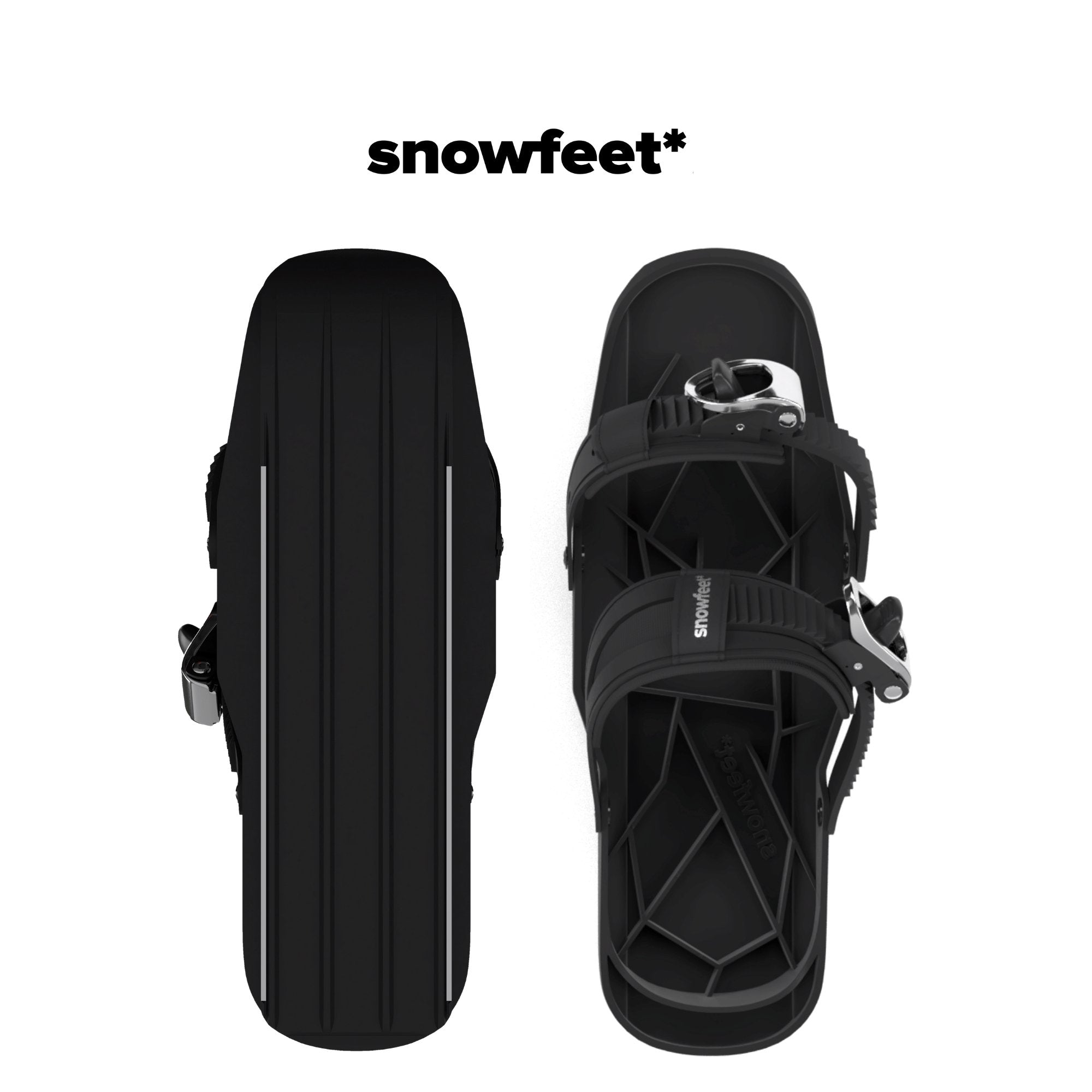
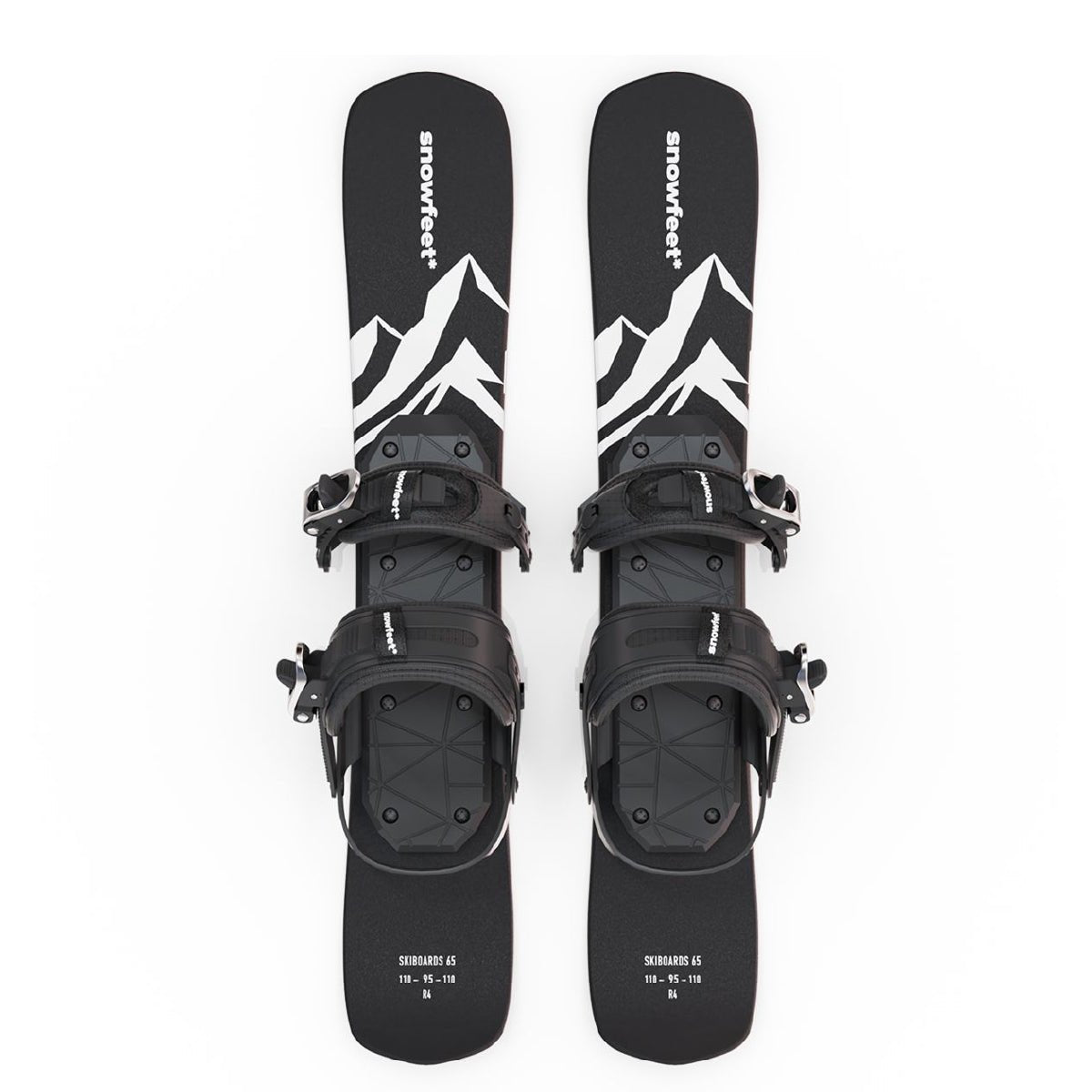
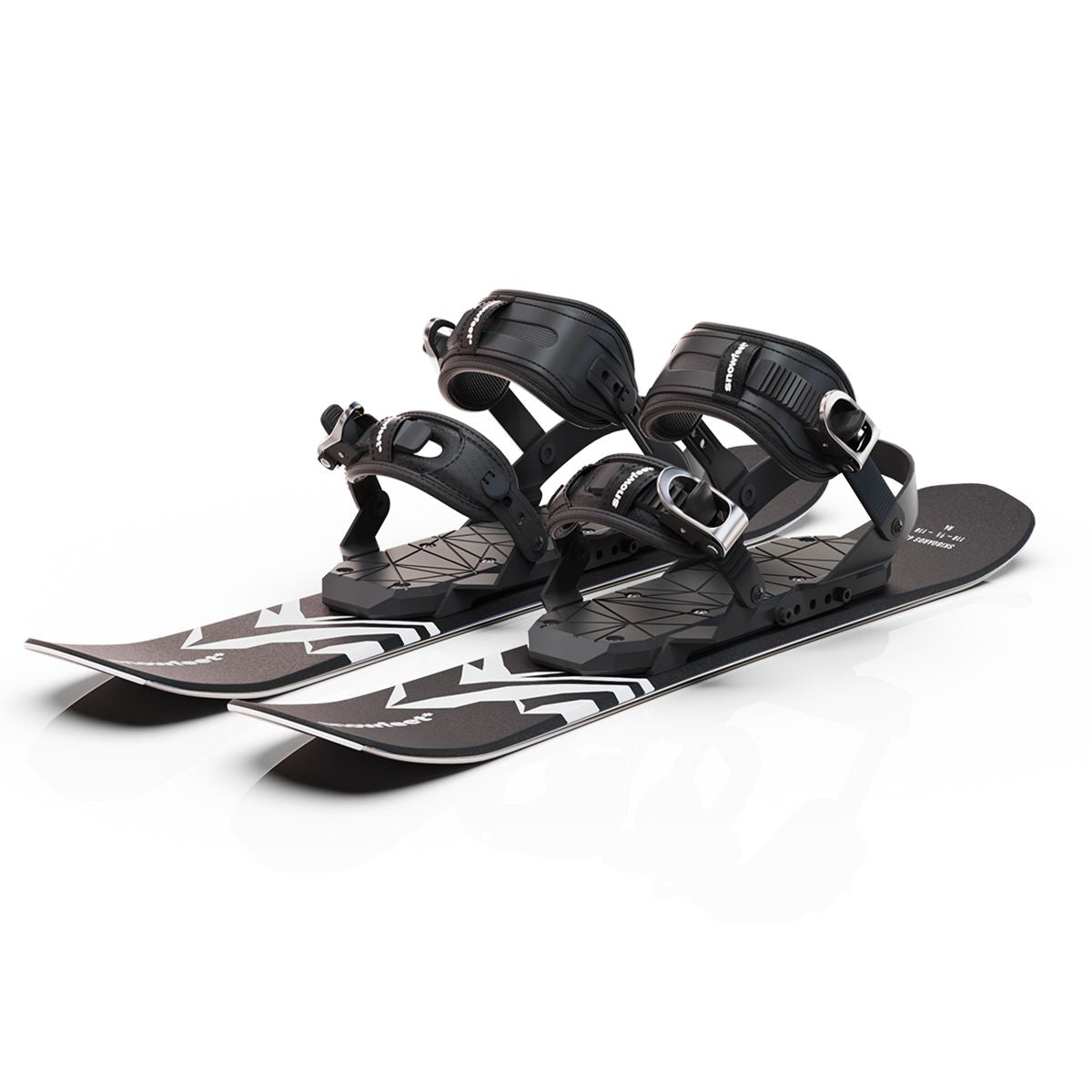
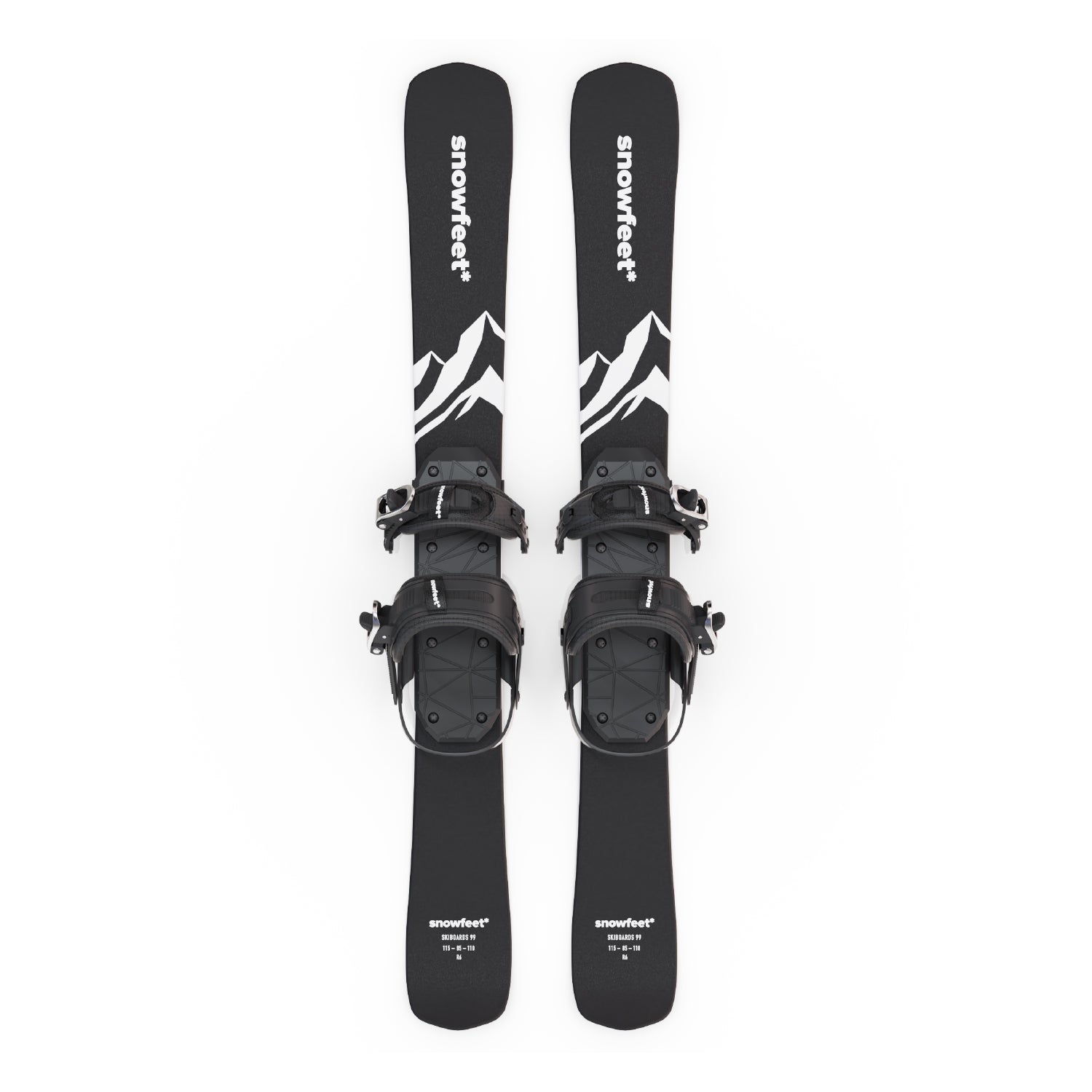
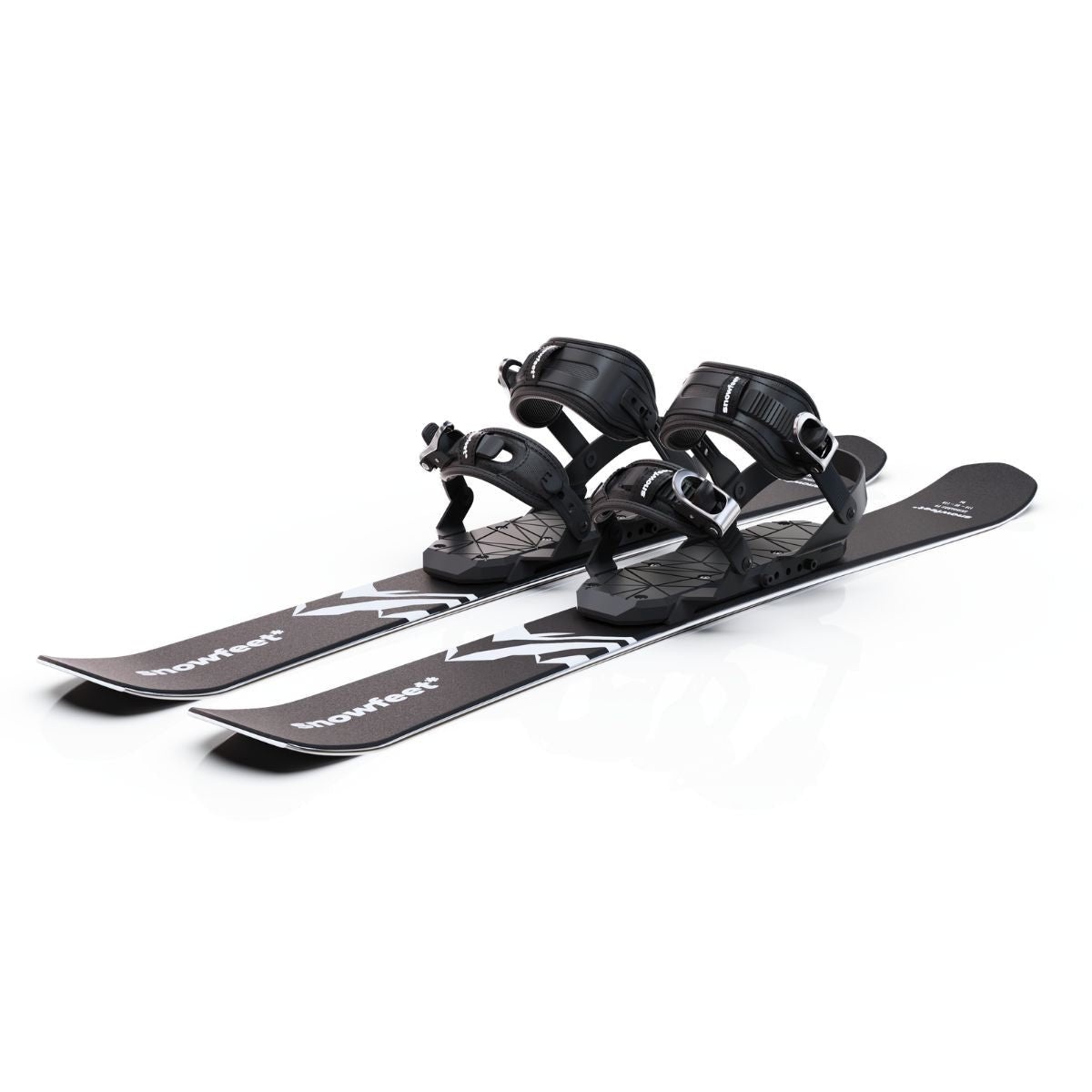
Laisser un commentaire
Ce site est protégé par hCaptcha, et la Politique de confidentialité et les Conditions de service de hCaptcha s’appliquent.